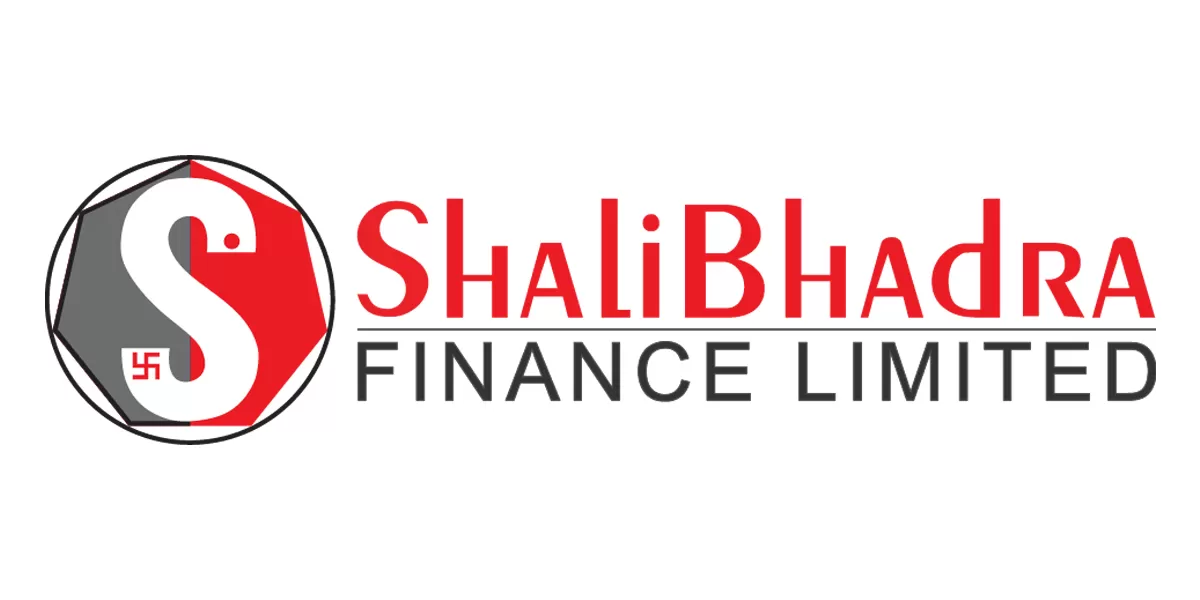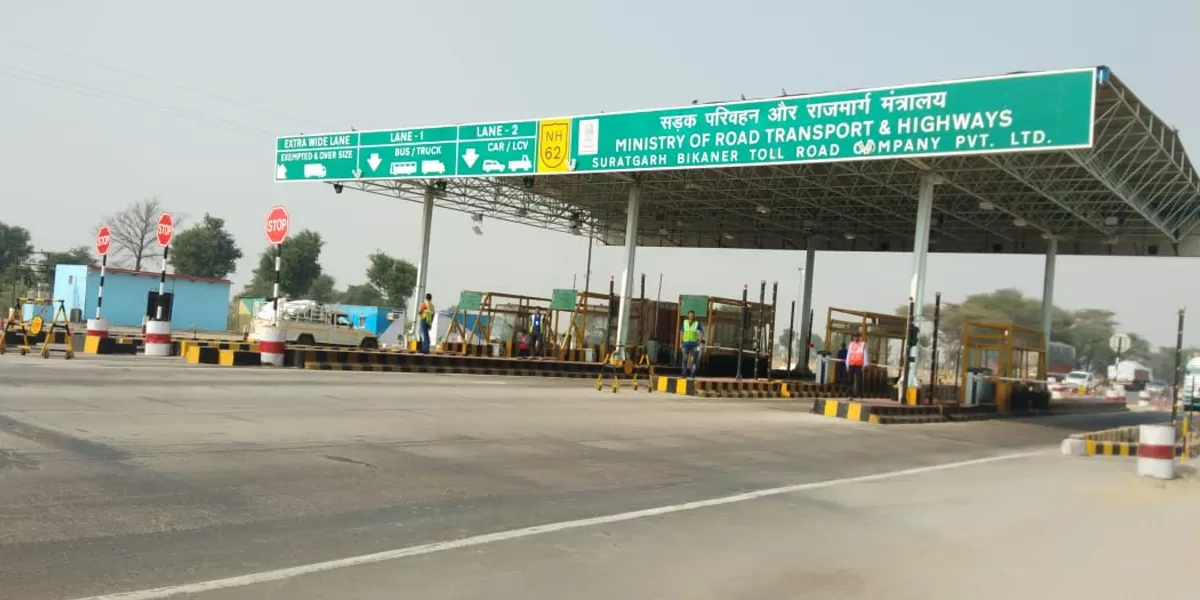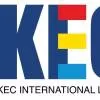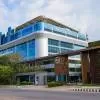An innovative material, light transmitting concrete, or LitraCon, is still partially in the development stage. Yet, it is beginning to be used in a variety of applications in architecture, and holds tremendous promise for the future.
Light transmitting concrete or translucent concrete is a concrete-based building material with light-transmission properties owing to embedded light optical elements, usually optical fibres. Light is conducted through the stone from one end to the other. This results in a certain light pattern on the other surface, depending on the fibre structure. Optical fibres transmit light so effectively that there is virtually no loss of light conducted through the fibres. It is used in fine architecture as a facade material and to clad interior walls. The main purpose is to use sunlight as a light source to reduce the power consumption of illumination; use the optical fibre to sense the stress of structures; and use this concrete for a good aesthetic view of the building. With 15 years´ experience in R&D and education,
Dr Jayeshkumar R Pitroda, Assistant Professor-Civil Engineering Department, Birla Vishvakarma Mahavidyalaya Engineering College, elaborates upon the material and its applications.
History
Light transmitting concrete is a translucent concrete building material made of fine concrete embedded with 5 per cent (by weight) of optical glass fibres. It was developed by Hungarian architect Aron Losonczi working with scientists at the Technical University of Budapest. A wall made of LitraCon (short for light transmitting concrete) is claimed to have the strength of traditional concrete and an embedded array of glass fibres. The hope is that this new material will transform the interior appearance of concrete buildings by making them feel light and airy rather than dark and heavy. If more buildings begin using this technology, more natural light can be used to light offices and stores.
Background
Light transmitting concrete was first mentioned in a 1935 Canadian patent. But since the development of optical glass fibres and polymer-based optical fibres, the rate of inventions and developments in this field has drastically increased. There have also been inventions that apply this concept to more technical applications like fissure detection. In the early 1990s, forms like translucent concrete products popular today with fine and layered patterns were developed. After seeing some artwork in Budapest that was made of ordinary concrete and glass, Losonczi thought of combining the two materials together; in 2001, the first block of LitraCon was successfully produced. In 2004, he started a German company named Litracon Bt and started producing Litracon commercially.
Application
Light transmitting concrete is utilised in the architectural construction sector for road networks, entrances, entrance gates, translucent walls for architectural view, light panel elevators, transparent concrete panels, translucent concrete stairs and concrete blocks, among others. Supporting materials
The two basic materials used are fine concrete, which is cement and fine aggregate, and optical fibres, which are of three kinds: Multimode graded-index fibre, multimode step-index fibre and single-mode step-index fibres. For transparent concrete works based on ´nano-optics´, fibres are placed directly on top of each other. They act like slits and carry light throughout.
Manufacturing process
In a process almost the same as regular concrete, concrete is poured into the mould in layers. On top of each layer, a layer of fibres is infused. Fibre and concrete are alternately inserted into moulds at intervals of about 2-5 mm, adding 4-5 per cent optical fibres by volume into the concrete mixture. The concrete mixture is made from fine aggregate and cement. Thousands of strands of optical fibres are cast into concrete. Smaller or thinner layers allow an increased amount of light to pass through the concrete. The cast material is cut into panels or blocks and polished.
Advantages and disadvantages
Natural sunlight is the best source for light and is actually free of cost. Translucent concrete walls brightly illuminate a room with natural sunlight. This is ideal for green buildings. Further, these optical fibres work as heat insulators, so will be effective in cold countries, thereby reducing energy and saving money. Translucent concrete can enhance security in places like schools, museums and prisons where people and their actions can be seen, but not their entire image, thereby protecting their privacy as well. The disadvantage is that this concrete is expensive because of the optical fibres. Casting transparent concrete block also requires skilled workmen. That said, translucent concrete is a great way to save electricity and money. It´s stronger than glass and possesses almost the same characteristic strengths of normal concrete blocks; therefore, it is a better replacement to it.
Beautiful and green
Smart transparent concrete is aesthetically pleasing. POF-based transparent concrete can even be regarded akin to art, making it suitable for museums and specific exhibitions rather than just a construction material. Further, when the light transmitting properties of LitraCon were examined, test results revealed that the produced concrete can be cut into different shapes without losing its transparent property. It can thus be used as architectural concrete on roofs of special buildings as well as in production of special types of home furniture. Although ease of construction is to be compromised, the material is bound to be accepted universally owing to its advantages. And with green building gathering momentum, it becomes even more necessary to optimally utilise natural resources. Green buildings would get easy accreditation under daylight savings with the use of this product. Large and tall office buildings can share the lighting when ceilings are translucent. With energy savings and heat insulation among its properties, it is clear that translucent concrete is the future. It is a smart way of optimising and utilising light, a smart way of living.
Costs
There are few manufacturers of translucent concrete. These include LitraCon, Lucon and Lucem Lichbeton. The cost, according to LitraCon is $1,000 per sq m for 25 mm thickness. The LitraCube lamp, which is a hollow cube of four interlocking panels, costs Ç595. It is quite expensive, as it is pretty rare - but it is indeed one of a kind.
At a glance
- Transparent concrete has good light guiding property and the volume ratio of optical fibre to concrete is proportion to transmission.
- This building material can integrate the concept of green energy saving with the self-sensing properties of functional materials.
- While the initial cost is high, routine maintenance is not required. In the long run, it may be advantageous.
- Transparent concrete doesn´t lose out on strength compared to regular concrete.
- It can also be used where the light cannot reach with appropriate intensity.
- Large and tall office buildings can share the lighting when the ceilings are translucent.
- While reducing daytime lightning costs, it provides both good aesthetics and structural stability.
- It offers immense aesthetic scope for architecture and design.



















